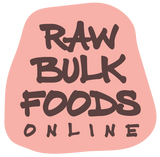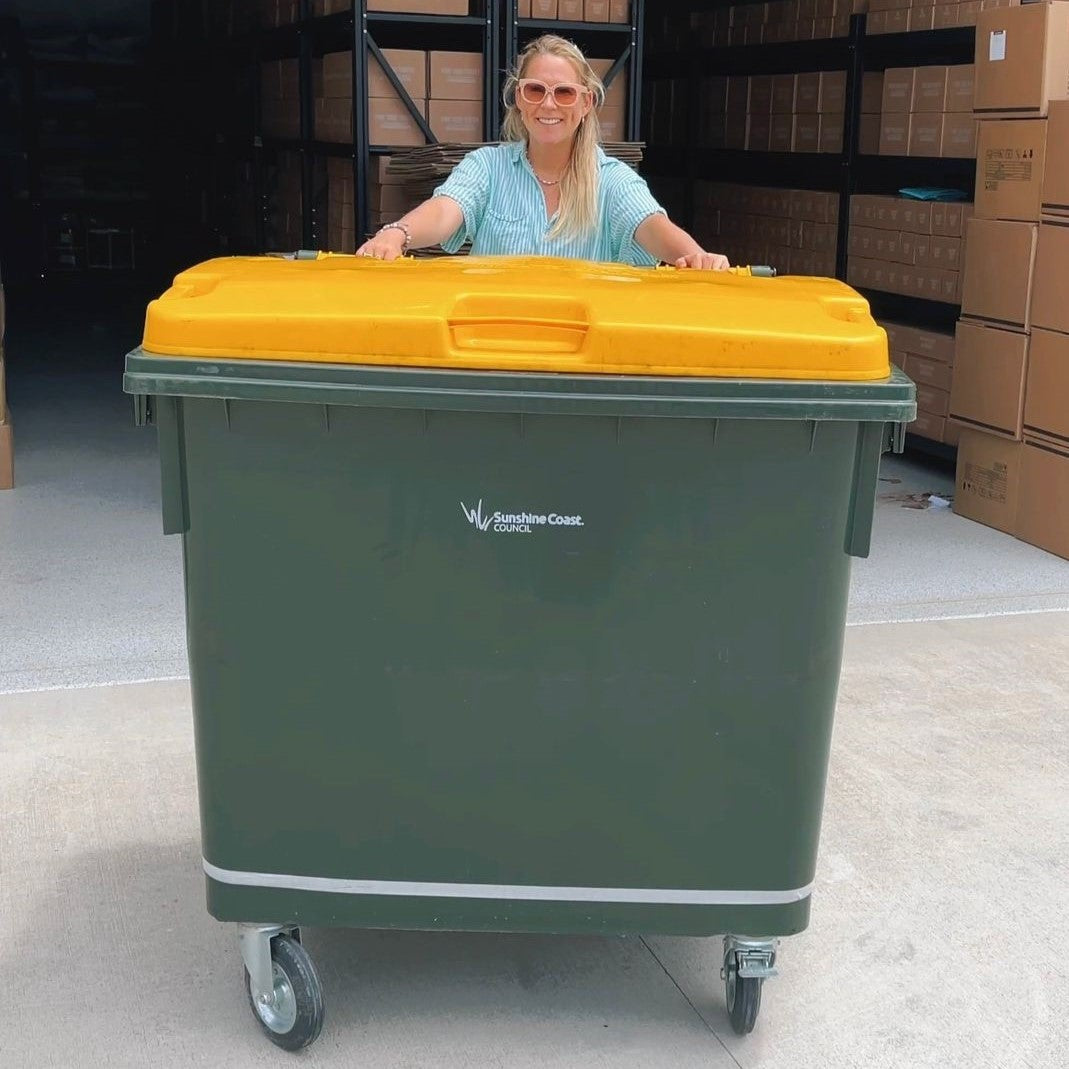Too often we see people just throw things into the recycling bin with faith that they will be recycled just because the label says it's recyclable.
Unfortunately, we are not even recycling 1 in 10 things you throw in that yellow bin… When we say recycle, we mean actually reusing that plastic for a second, third life and so on. We do not mean popping it in the correct bin - but you are not to blame, you are the legends changing the world.

Not every type of plastic is recyclable. Many people confuse the numbered triangle from 1-7 on plastics as a recycling symbol, but it is actually the Plastic Identification Code. This code tells us which of the 7 types of plastic it is made of, as well as the safety and biodegradability of each plastic type. Ideally, we shouldn’t have to recycle if we avoid single use plastic altogether - but we know it isn’t a perfect world (even with every effort you legends are making). So we wanted to help you out and make it less confusing, so read on, as we help you understand the seven plastic codes and what plastics to avoid at all costs.
1. PET (Polyethylene Terephthalate) - Recyclable ✅
This is the most widely recycled plastic in the world and is the easiest to recycle. Often clear in colour and is most commonly found in soft drink, water, and other beverage bottles, detergent and cleaning containers and other food containers and bottles. When recycled (ensure to rinse them), it can either be reprocessed into recycled plastic bottles and packaging or turned into polyester for fleece garments and carpets, etc. We recommend avoiding purchasing plastic bottles and choosing reusable, refillable or glass bottles instead.
2. HDPE (High Density Polyethylene) - Recyclable ✅
HDPE is also one of the easiest plastics to recycle and is considered one of the safest plastics as it does not break down under exposure to sunlight or extremes of heating or freezing. This plastic is found in milk jugs, yoghurt tubs, cleaning products, body wash bottles and some plastic bags. Clear HDPE is easily recycled back into new containers. Colored HDPE are converted into picnic tables, plastic lumber, waste bins, park benches used for pipes, rope, and toys.
3. PVC (Polyvinyl Chloride) - Not so recyclable ❌
PVC is also known as the poison plastic - the most environmentally damaging of all plastics. Its production, use, and disposal results in the release of toxic, chlorine-based chemicals. Commonly found in clear food packaging, cling wrap, window cleaner bottles, vinyl pipes, flooring, window and door frames. It is not recyclable in normal collections but there are some specialised recycling programmes to process it into flooring and panelling. We recommend switching to reusable beeswax wraps and staying away from the nasty chemicals in cling wrap!
4. LDPE (Low density Polyethylene) - Sometimes recyclable…
This is the plastic used to make those nasty plastic shopping bags, which over 100,000 marine animals die annually, from these ending up in our oceans. LDPE is also found in household items like plastic wrap, frozen food containers and squeezable bottles. None of the lightweight soft plastics like shopping bags can go into your recycling bin as they get caught up in machinery at the recycling facility. Although, there are some soft plastic recycling facilities around now such as the REDcycle bins at Coles and Woolies. Better yet, use a reusable cotton or jute bag for your shopping!
5. PP (Polypropylene) - Recyclable ✅
The plastic we see most often as ice cream and yoghurt containers, takeaway containers, plastic straws and squeezy sauce bottles. It has a high melting point and prevents moisture transmission, making it a favourable plastic for food packaging and is one of the safer plastics. Although it is recyclable, unfortunately there is only a very small percentage that actually gets reused. This is because it is difficult and expensive to recycle - it’s hard to get rid of the smell of the product it contained, or it ends up being black or grey, making it unsuitable for packaging use. When recycled it can be turned into park benches, auto parts, speed bumps, garden rakes or brooms. We highly recommend checking out byocontainers.org for a list of businesses near you that let you bring your own containers.
6. PS (Polystyrene) - Not so recyclable ❌
PS, also commonly known as styrofoam, is a cheap, easy to make, yet very nasty type of plastic. Most of us would recognise it from disposable plasticware such as cups, cutlery, takeaway food containers, insulated coffee cups, egg cartons and meat trays. It releases harmful toxins when heated, which can cause cancer, hormone imbalances, as well as damage to the nervous and immune system. It also is not commonly accepted in curbside recycling programs, making it terrible for us AND the environment!
7. OTHER - Sometimes recyclable…
The number 7 category is for all other plastics that don’t fall into the previous 6. Since this is a very confusing category which includes recyclable and non-recyclable plastics, it is often not accepted into recycling centres. The best known plastics from this group is polycarbonate (PC) found in sunglasses, mobile phones and CD’s. Baby bottles and large water bottles are also in this category and contain the harmful chemical called BPA, which can leach out of the plastic and is linked to a number of health concerns like altering hormones. Yuck!

All in all - single use plastic is not good for the environment, humans and the undeniable effects it is having on our marine life also. There are so many easy switches you can make today such as:
- Bringing your own reusable bags
- Switching to glass containers for food storage (click here for our lifetime jars)
- Steel coffee cups instead of takeaway cups
- Homemade cleaning products or the tablet form, which you just add water (a few we love, Pleasant State).
- Go for PEP kitchen utensils to avoid non-stick pans, baking trays etc.. Guess what? Yes, it's plastic.
- Cling film can be replaced with good wrap, beeswax sheets or what we do, is store everything in our rectangle lifetime jars.
- Shop at farmers markets to save food packaging, or always opt for fresh produce out of packets.
- Shop every week with us and get ALL your produce in plant-based or our oceans waste refill bags
To summarise the above, the biggest takeaway is if you cannot find an easy swap (which you can in most cases when you know how), I opt for hard plastics when I cannot avoid single use. Hard plastics that are one layer are much easier to recycle, rather than soft packets or huge culprits, milk cartons, which are hell to recycle.
Since only 10% of the plastic in our recycling bin actually gets reused, I think it’s time we make the change together!

